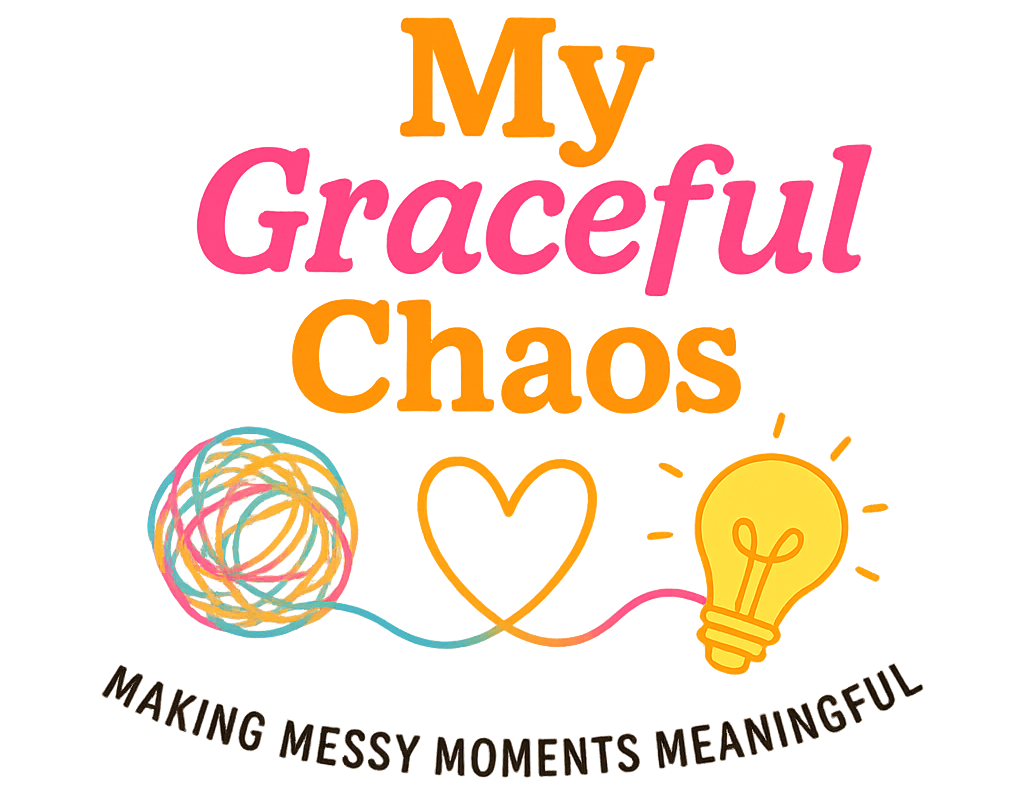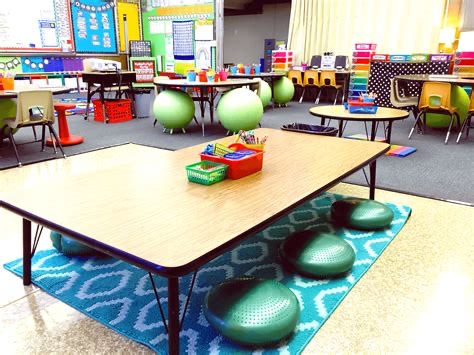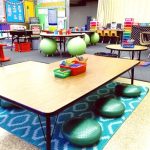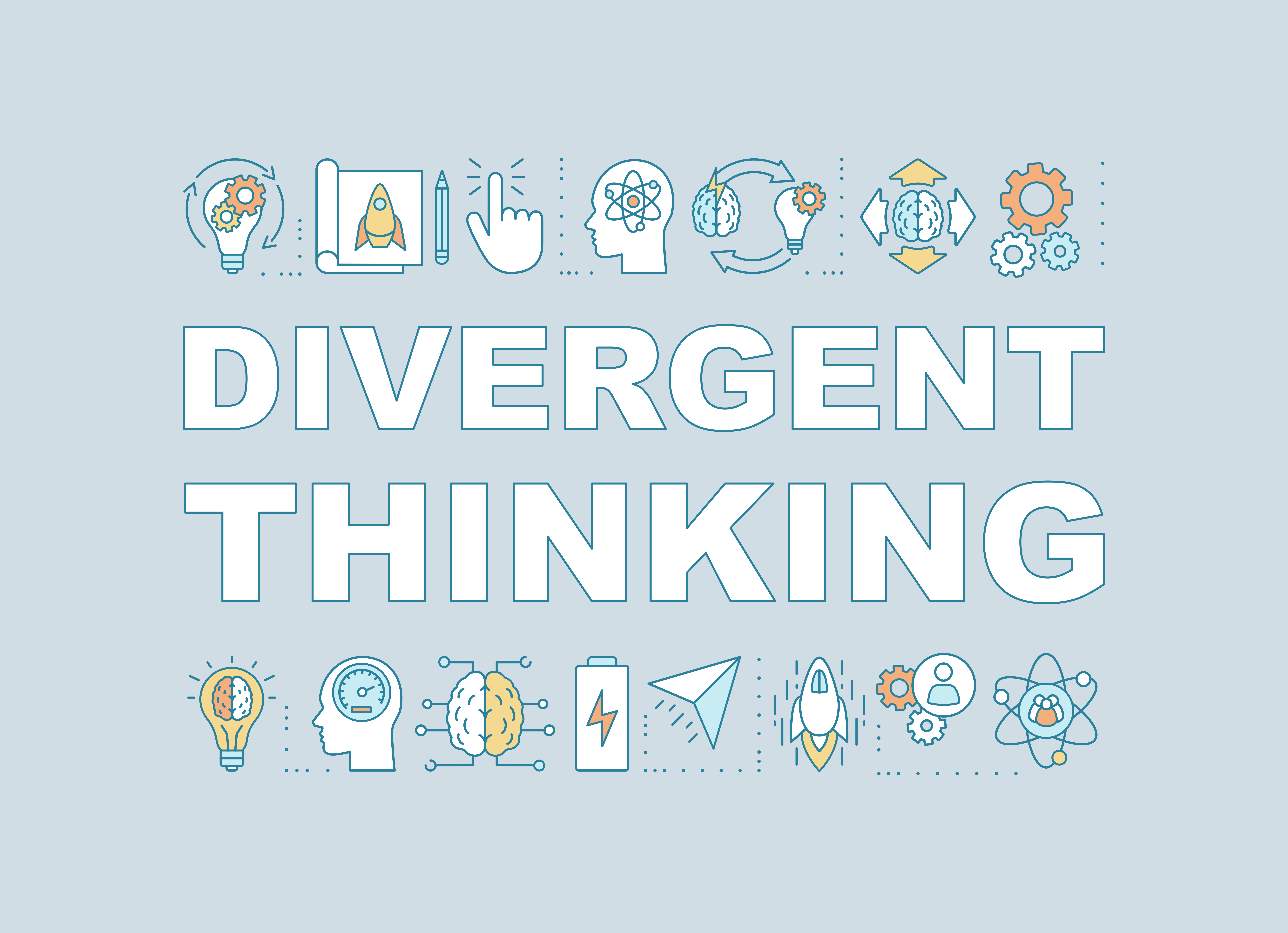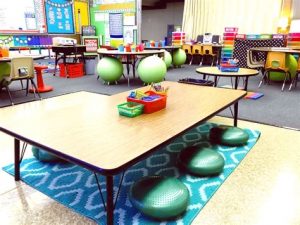For many students with ADHD, the traditional classroom can feel like an uphill climb. Rows of desks, long lectures, and rigid expectations often don’t match how their brains are wired to learn. But with the right strategies, these students can thrive—not only keeping up but shining in ways that highlight their unique strengths.
Understanding the Challenges
ADHD affects attention, impulse control, and regulation, which can make it difficult for students to sit still, follow multi-step directions, or stay engaged during long lessons. In a traditional classroom setting, this sometimes leads to labels like “distracted,” “unfocused,” or even “disruptive.” What often gets overlooked, however, is the creativity, energy, and problem-solving skills these students bring to the table.
Practical Strategies for Teachers
Supporting ADHD students doesn’t require an overhaul of your classroom—it’s about small, intentional shifts:
-
Movement breaks: Allowing quick, structured breaks for stretching or walking can help students reset and refocus.
-
Fidgets with purpose: Simple tools like stress balls or putty (not toys) can give students a way to self-regulate without being disruptive.
-
Step-by-step instructions: Breaking tasks into smaller, manageable parts reduces overwhelm and builds confidence.
-
Flexible seating: Options like wobble cushions, standing desks, or even sitting on the floor provide ways for students to focus in the way that suits them best.
-
Positive reinforcement: Acknowledging progress—no matter how small—encourages persistence and builds self-esteem.
Building Partnerships with Parents
Success for ADHD students often comes when teachers and parents work together. Parents can share insights about what strategies work best at home, while teachers can communicate what’s effective in the classroom. This collaboration creates consistency, which is key for ADHD learners.
Redefining Success
When we focus only on traditional measures like test scores or neat handwriting, we risk overlooking the brilliance of ADHD students. Success might look like finishing an assignment independently, participating in class without reminders, or showing kindness to a peer. By broadening our definition of success, we empower these students to see their own growth.
Closing Thoughts
ADHD is not a barrier to success—it’s simply a different way of experiencing the world. With understanding, patience, and the right tools, traditional classrooms can become places where ADHD students thrive. When teachers embrace flexibility and celebrate strengths, they help unlock the full potential of every child.
